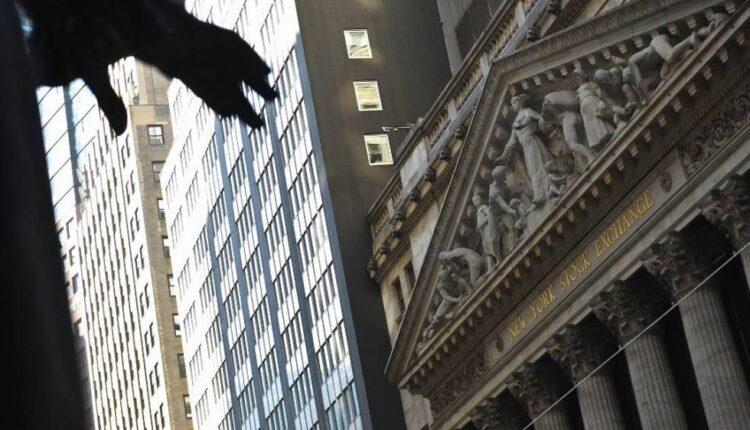New York (CNN Business)With the economy crashing and markets in chaos last spring, the Federal Reserve handed out get out of jail free cards to America’s big banks. Now that the recovery is gaining steam, the Fed has to decide if it’s time to enforce the rules once again.
Suspense is building on Wall Street over whether the Fed will extend an exemption that loosened leverage rules applying to JPMorgan Chase, Bank of America (BAC) and other large lenders. The waiver, aimed at stabilizing markets and boosting lending, meant big banks wouldn’t be penalized for bulking up on ultra-safe US Treasuries and taking in a surge of deposits.
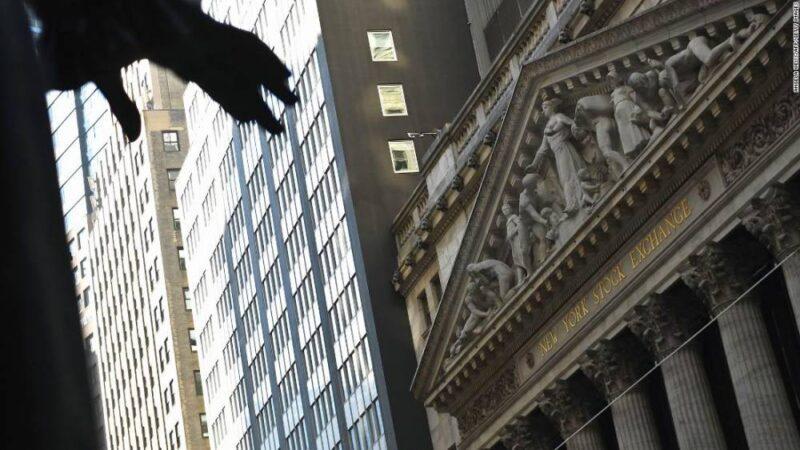
Here we go again: Turmoil rocks the repo marketBut leading Democrats including Senators Elizabeth Warren and Sherrod Brown want the Fed to let the exemption lapse as scheduled at the end of March. They fear big banks are using the pandemic as an excuse to weaken the post-2008 crisis rules.
In sharp contrast, JPMorgan and Citigroup have called for the Fed to consider making the waiver permanent. And some analysts warn a failure to extend will backfire by forcing banks to retreat from the US Treasury market at a time when their huge balance sheets are needed to ease turmoil in that market. Read More”The Fed should be concerned about a taper tantrum 2.0,” KBW analyst Brian Kleinhanzl wrote in a note to clients this week. The first “tantrum” he’s alluding to happened in 2013, when Treasury yields spiked after the Fed signaled it would slow bond purchases, causing Wall Street to panic. “The potential impact of not renewing the exemption could be large.”
Putting out fires on Wall Street
At issue is a buffer known as the supplementary leverage ratio, or SLR, which requires the biggest US banks to hold capital of at least 5% of total assets on — and off — their balance sheets. The goal is to prevent a repeat of 2008, when overleveraged major banks nearly collapsed the entire system.But on April 1, as the pandemic raged, the Fed announced it would temporarily exclude US Treasuries and deposits held at Fed banks from the leverage calculation. The move freed up an estimated $76 billion at big banks, the Fed estimated at the time. The Fed had several goals: First, the move gave banks much more lending firepower at a time when consumers and businesses were facing a serious crisis. Second, the Fed wanted to put out a fire in the Treasury market, where trading uncharacteristically seized up.
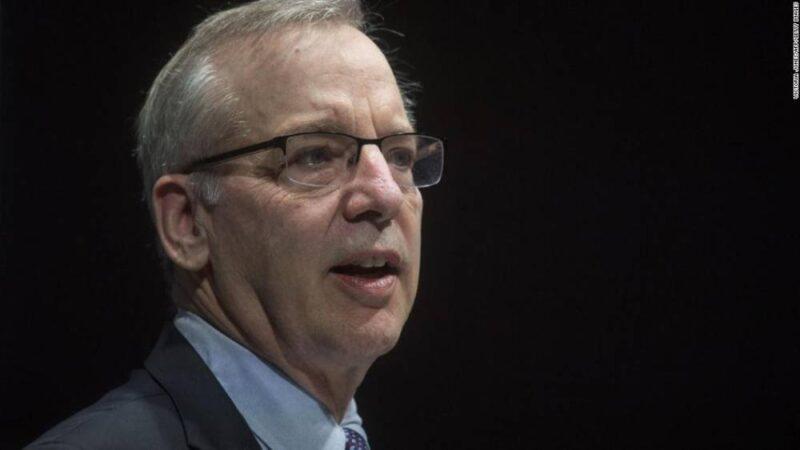
Exclusive: Wall Street is in for a rude awakening, former NY Fed president says”Liquidity conditions in Treasury markets have deteriorated rapidly,” the Fed said in unusually stark language at the time, adding that the relief would “ease strains” in that market. Likewise, the Fed wanted to free big banks up to ease turmoil in the repo market, a crucial corner of Wall Street where trillions of dollars of short-term loans trade each day. The Fed didn’t want to punish banks for the fact that their balance sheets were swelling during the pandemic. Not only were customers depositing stimulus checks, but small businesses received an influx of forgivable loans and others just decided to sit on more cash.But some regulators opposed the temporary relief. “Now is not the time to reduce significantly the capital of the most systemically important US banks in order to facilitate financial market liquidity,” Martin Gruenberg, board member at the FDIC, said at the time. “We learned the hard way during the 2008 financial crisis the importance of preserving loss absorbing leverage capital.”
Fed debates major decision
Maxine Waters, chair of the House Financial Services Committee, wrote US regulators a letter this week calling the exemption a “mistake that should not be perpetuated” by extending it. “It is past time that your agencies stop prioritizing the wishes of Wall Street over the public good,” Waters wrote. For its part, the Fed hasn’t tipped its hand.
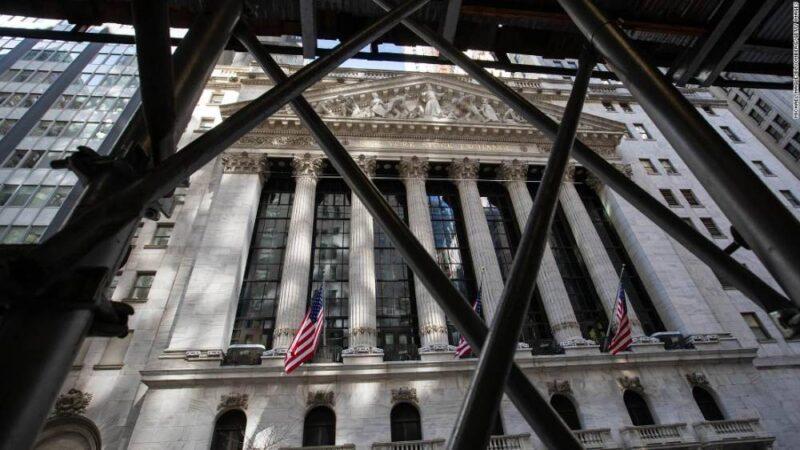
The 2021 stock market looks an awful lot like 2000. That's bad news for Big Tech”We actually haven’t made a decision of what to do,” Fed Chairman Jerome Powell told lawmakers during a hearing in late February. “It is something we’re in the middle of thinking about right now.”Since then, Congress passed President Biden’s $1.9 trillion rescue plan, a massive package that includes $1,400 stimulus checks that will drive bank deposits even higher. If it’s not extended banks could have to slow their intake of deposits, stop buying Treasuries or raise capital (or a combination of these steps) to meet the leverage rules. JPMorgan (JPM) and Citi (C) would be the most affected, according to KBW, and both banks are urging the Fed to roll over the exemption.”This adjustment for cash and Treasury should either be made permanent, or at a minimum, be extended,” Jennifer Piepszak, JPMorgan’s chief financial officer, said during an earnings call in January.
The Fed doesn’t want to rock the boat
The state of the financial markets could be a deciding factor. First, the repo market started to act weird again recently. Regulators don’t want to do anything that will limit the ability of big banks to play a stabilizing role in this crucial market. And US stocks tumbled recently after Treasury yields climbed uncomfortably high for investors addicted to rock-bottom rates.
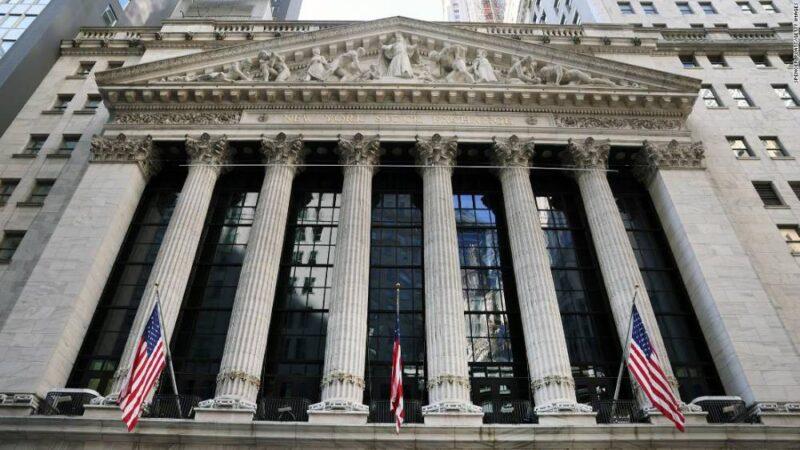
Don't invest in a SPAC just because a celeb is involved, SEC warnsIf banks stop buying Treasuries, that may be a problem because it could cause rates to rise even higher. That will in turn create more competition for stocks.
As it is, former NY Fed President Bill Dudley told CNN Business last week that low Treasury rates are unsustainable as the economic recovery gains steam. “The Fed might be making a regulatory decision not based on the capital need for a waiver or not…but on the need to have a big buyer of US Treasuries,” Peter Boockvar, chief investment officer at Bleakley Advisory Group, wrote in a note to clients this week.
Source: edition.cnn.com

